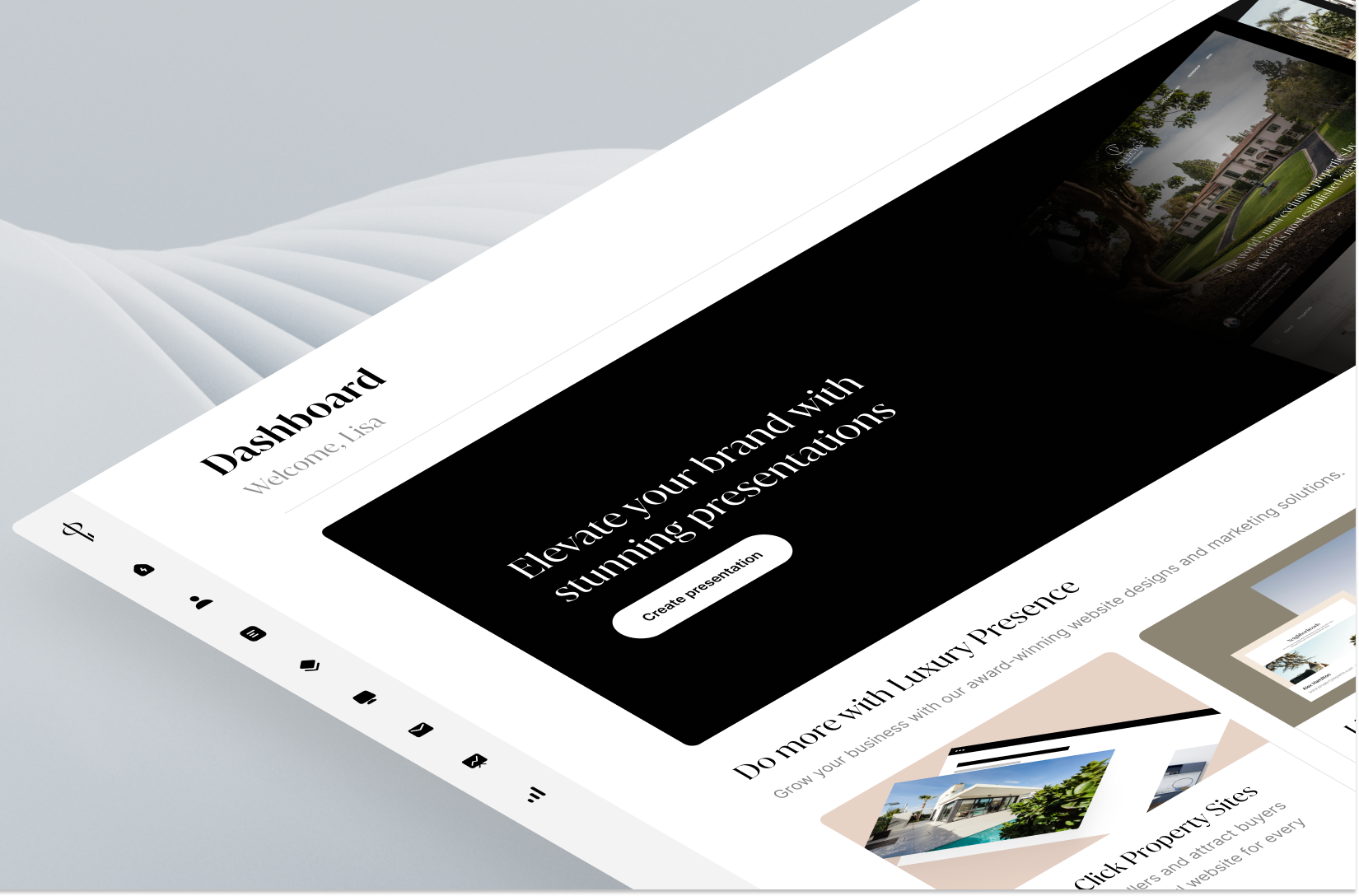If you’re trying to find the magic number for what a new real estate website should cost, you probably won’t find it.
A real estate website can range from anywhere from a few hundred dollars to a few thousand dollars depending on the size of the website, its complexity, and whether or not you use a real estate specific web developer who’s equipped to easily integrate your IDX tools.
Because there are a few ways to build your site, it’s difficult to pin down a certain amount to budget for. There are a lot of factors to consider besides who is actually going to develop the site. You’ll also have to figure out things like what kind of hosting you’ll need, how much your IDX integration will cost, and if you’ll need to purchase any plug-ins to further optimize your site.
For an in-depth list of what goes into a new IDX website, take a look at this post.
As far as knowing how much your new real estate website is going to cost, here are a few things to consider:
Decide what your priorities are
Is it more important that your website is done quickly, or that it’s done without spending over a certain dollar amount? Do you want to be able to customize your site yourself if you need to, or are you okay with handing those tasks over to a developer?
Know that while using a real estate marketing agency with in-house website developers like us may seem like a big investment, it almost always guarantees a big return. A fully custom, fully optimized website is undeniably going to yield more lead generation, exude more credibility, and let you have the most control over your branding than a DIY website or using an inexpensive freelancer.
But there’s no right answer here when it comes to figuring out your priorities, just the right answer for you, your budget, and your goals.
Understand templates vs. semi-custom vs. fully custom websites
Templates
If you’re totally bootstrapped and just need a quick website for people to subscribe to your email list or just to appear more credible for the time being until you can afford a higher-functioning website, one option is to use a template website. These websites are pre-built, and all you need to do is plug in your own website copy and images.
You won’t be able to move sections or images around much, so these sites will limit your ability to get strategic about where you place content on your pages. You’ll still likely be able to change most of the fonts and colors to match your brand, but even colors and fonts can be limited as well. Additionally, you may not be able to control how your site shows up on mobile view, which can hinder conversions since 70% of web traffic happens on mobile devices.
Because these websites are basic, don’t count on integrating any IDX tools on many of them. And if you can, you’ll still likely need a developer to help you brand and customize your IDX pages.
Semi-custom websites
Semi-custom websites provide a combination of drag and drop templates and a few areas where you’re able to input your own customizations via CSS or HTML. You have slightly more control over your branding and functionality, but potential problems actually lie in the fact that these sites tend to have hidden costs like pricey plug-ins and widgets to achieve simple things like building an email list or even using all of the features of a certain theme.
So, while these sites are marketed towards businesses on a budget, the long-term cost of hosting these sites and all of the bells and whistles you need to make it run the way you want it to may cost more than you’re led to believe up front.
Fully-custom websites
Fully-custom websites are the best option for real estate agents, especially when they’re built by developers who specialize in real estate websites. These sites give you full control over what your website looks like and how it functions, and IDX tools are easily integrated.
Newer real estate agents and agents on a budget might shy away from investing in a fully-custom site because of the bigger price tag on it up front, but there are ways to keep the cost down.
One of the best ways to keep the cost down, again, is to use a real estate website developer who is already equipped with the technology to integrate IDX. Otherwise, general website developers are going to charge more for having to build the entire back-end architecture, all of the databases, and MLS integrations from scratch. The result is that you’ll end up with a bigger bill and a lower quality site.
You’ll also have to watch out for older vendors who have built their entire development system on WordPress, which can make it very expensive to update or upgrade when the code inevitably goes out of date. Newer vendors tend to maintain and ideally upgrade your site regularly with the use of service-based software so it never goes out of style.
Factor in the cost of your IDX tools
Because real estate agent websites need IDX tools for full efficiency, considering the initial and ongoing cost of those tools is a must if you want to get the clearest picture of what you’re projected to spend on a new real estate agent website.
Up front costs of your IDX tools can include vendor fees since the MLS charges developers for using the data from their database. And, since the data standards between different MLS systems differ, there may be a high cost associated with adhering to those standards. Ongoing costs can include maintaining the integration since data fields from the MLS often change, which your developer can help you navigate.
Want a fully-optimized agent website built by award-winning designers? We craft unique, clean, and powerful websites that help tell your story and are equipped with high-conversion, custom IDX search. Schedule your consultation here.




